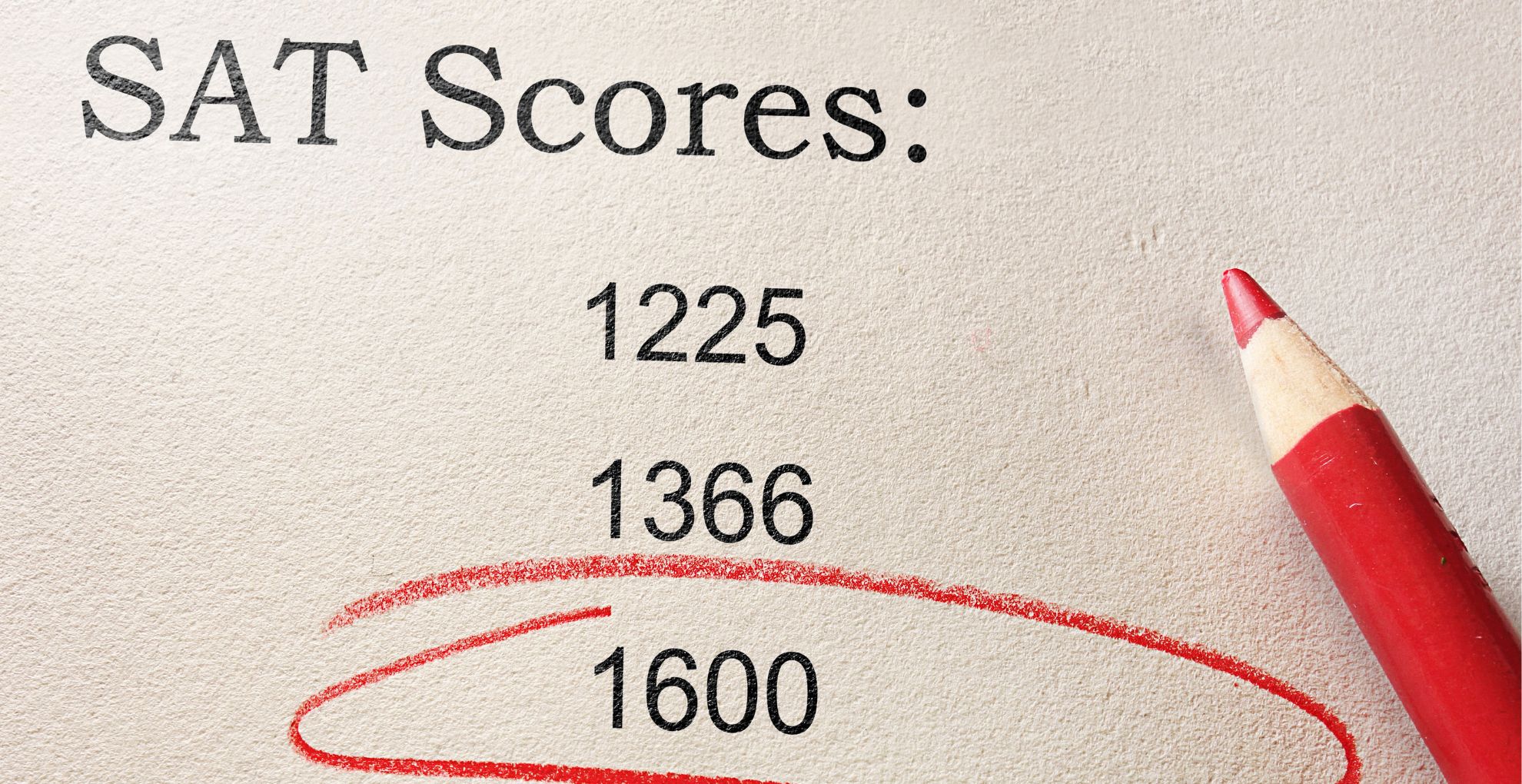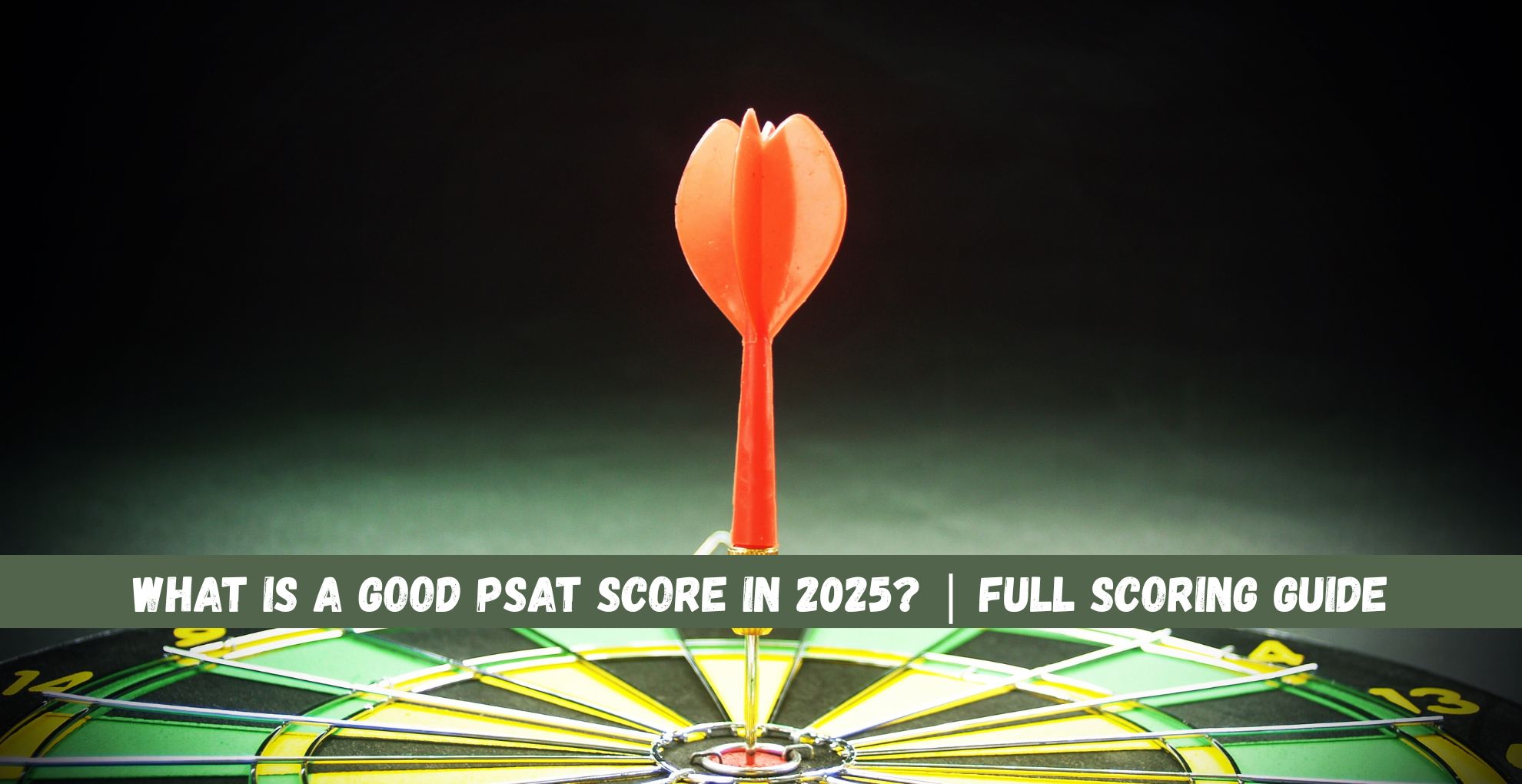For many high school students, the PSAT is their first big step into the world of standardized testing. It’s a chance to get familiar with test formats, feel the pressure of a timed exam, and maybe even get a confidence boost ahead of the SAT. But what does it mean to get a “good” PSAT score—especially in 2025, when competition is steep, colleges are rethinking admissions, and scholarships matter more than ever?
Whether you’re aiming for a National Merit Scholarship or just want to get an idea of your academic standing, understanding PSAT scores can help you map out your college journey. Let’s explore what qualifies as a good score in 2025 and what you can do to make the most of it.
Understanding the PSAT in 2025
What is the PSAT/NMSQT?
The PSAT/NMSQT stands for the Preliminary SAT/National Merit Scholarship Qualifying Test. It’s most commonly taken by high school juniors, although sophomores and even some freshmen may sit for it as practice. While the PSAT doesn’t directly impact college admissions, it serves as a valuable indicator of your readiness for the SAT and, in some cases, eligibility for scholarship opportunities.
In particular, junior-year PSAT scores can qualify students for the National Merit Scholarship Program—an achievement that not only comes with financial rewards but can also stand out on college applications.
When Are PSAT Scores Released in 2025?
For the digital PSAT taken in fall 2025, scores are typically released in late October through early November. Students can access their score reports through the College Board website, along with detailed breakdowns of their performance across different skill areas.

How the PSAT Is Scored
PSAT Scoring Breakdown
The PSAT is split into two sections: Math and Evidence-Based Reading and Writing (EBRW). Each section is scored on a scale from 160 to 760, making the highest possible total score 1520.
That number may seem oddly specific compared to the SAT’s 1600, but that’s because the PSAT is slightly less difficult and designed to predict how well you might perform on the actual SAT. A student who scores 1100 on the PSAT might reasonably expect to get a similar score on the SAT, with some preparation.
Additional Scores to Know
Alongside the composite score, you’ll also receive test scores for Reading, Writing and Language, and Math, each ranging from 8 to 38. These scores provide more granular insight into your performance. They’re also used to calculate something called the Selection Index—a score that determines your eligibility for the National Merit Scholarship.
Finally, your score report includes cross-test scores and subscores that break down performance in areas like command of evidence, problem-solving, and scientific analysis.
What Is a Good PSAT Score in 2025?
Score Tiers by Percentile
So, what counts as a “good” score in 2025? The simplest way to answer that is by looking at percentiles, which compare your performance to other students who took the test.
A score in the 75th percentile or higher is often considered the benchmark for a good score. For reference:
- A score of 1150 puts you in the 75th percentile.
- Scoring 1280 puts you in the 90th percentile.
- A top-tier score between 1460–1520 lands you in the 99th percentile.
These numbers vary slightly from year to year, but they offer a helpful guide to understanding where you stand.
College Readiness Benchmarks
The College Board also includes academic readiness benchmarks in your score report. These are designed to show whether you’re on track to succeed in college-level coursework.
For the PSAT, the 2025 benchmarks are:
- Math: 510+
- EBRW: 460+
Meeting or exceeding these scores means you’re likely to earn at least a C in a related first-year college course. If your score falls into the yellow zone, you’re close and can improve with some targeted studying. Scores in the red zone suggest you’ll need more support in that subject.
What PSAT Score Should You Aim For?
Based on Your Academic Goals
Your target PSAT score should depend on your goals:
- If you’re aiming for general college readiness, a score around 970–1060 is a solid start.
- Students looking to apply to competitive colleges should aim for at least 1210.
- To qualify for National Merit recognition, you’ll need a score close to or above 1400, and even that might not be enough, depending on your state.
These benchmarks aren’t just numbers—they can help you focus your test prep. For example, if your Math score is above the benchmark but your EBRW is lagging, you’ll know exactly where to improve.
Use Your PSAT to Prepare for the SAT
One of the best ways to use your PSAT results is to guide your SAT prep. Your score report breaks down specific areas for improvement, making it easier to create a customized study plan.
Here are a few actionable tips:
- Review subscores to target weak skills.
- Use official SAT practice tools on Khan Academy—these are free and tailored to your PSAT results.
- Focus on time management strategies during practice tests.

What PSAT Score Qualifies for National Merit?
How the National Merit Process Works
If you’re taking the PSAT as a junior, your scores might qualify you for the National Merit Scholarship Program, which recognizes the top 1% of test-takers nationwide. These students become semifinalists, and through additional steps—including SAT confirmation scores and applications—some will advance to finalist status and receive scholarships.
Being named a National Merit Scholar isn’t just a resume booster—it can lead to thousands of dollars in tuition assistance.
Understanding the Selection Index
The Selection Index is crucial here. It’s calculated by adding your test scores for Reading, Writing, and Math (on the 8–38 scale), then multiplying the sum by two. This gives a score between 48–228.
Each state has its own cutoff, usually between 209–222. Since these cutoffs are based on percentiles within each state, they change yearly.
If you’re aiming for National Merit, you’ll want each test score to be around 35 or higher, which generally places you in the 99th percentile.
Do Colleges Care About PSAT Scores?
Direct Impact on Admissions
Here’s some good news: your PSAT score will not be sent to colleges. It has no direct bearing on admissions decisions, so you don’t have to stress about it making or breaking your college chances.
Indirect Benefits of a High PSAT Score
That said, high PSAT scores can still indirectly help your application. Being named a National Merit Commended Student or Semifinalist is a mark of academic excellence that can:
- Strengthen your college resume
- Lead to scholarship offers from universities that partner with the National Merit program
- Showcase your dedication and performance under timed conditions
Tips for Improving Your PSAT Score
If your 2025 PSAT score isn’t quite where you hoped, don’t worry—there are plenty of ways to improve before the SAT.
Here are some practical steps:
- Use your PSAT subscores to create a study plan.
- Practice regularly under timed conditions to improve pacing.
- Leverage free SAT prep tools, like those offered by Khan Academy and College Board.
- Read a wide range of materials to build vocabulary and reading comprehension.
Most importantly, remember that one test doesn’t define you. Improvement is always possible.

FAQs: PSAT Scores in 2025
What is the highest possible PSAT score?
The highest composite score you can get is 1520, which corresponds to 760 on both Math and EBRW.
What’s the average PSAT score in 2025?
While data is still being compiled, the average is likely to remain around 1010, based on previous years.
Can you take the PSAT more than once?
Yes, but only your junior-year score counts for National Merit consideration.
Is 1200 a good PSAT score for a junior?
Absolutely. A 1200 places you in the top 15–20% of test-takers—a very strong showing.
Is the PSAT digital now?
Yes, starting in 2023, the PSAT has fully transitioned to a digital format. The 2025 test will be taken on tablets or computers.
Final Thoughts: What Makes a “Good” PSAT Score?
Ultimately, a good PSAT score is whatever moves you closer to your goals—whether that’s qualifying for scholarships, preparing for the SAT, or simply understanding where you stand.
If you score above 1150, you’re doing better than most of your peers. If you hit 1400+, you’re in elite territory and possibly on the path to National Merit recognition. But if you’re below those numbers? That’s okay too. The PSAT is just one moment in a long academic journey.
Use it as a stepping stone. Learn from it. And remember: you’re not just chasing a number—you’re building a future.




